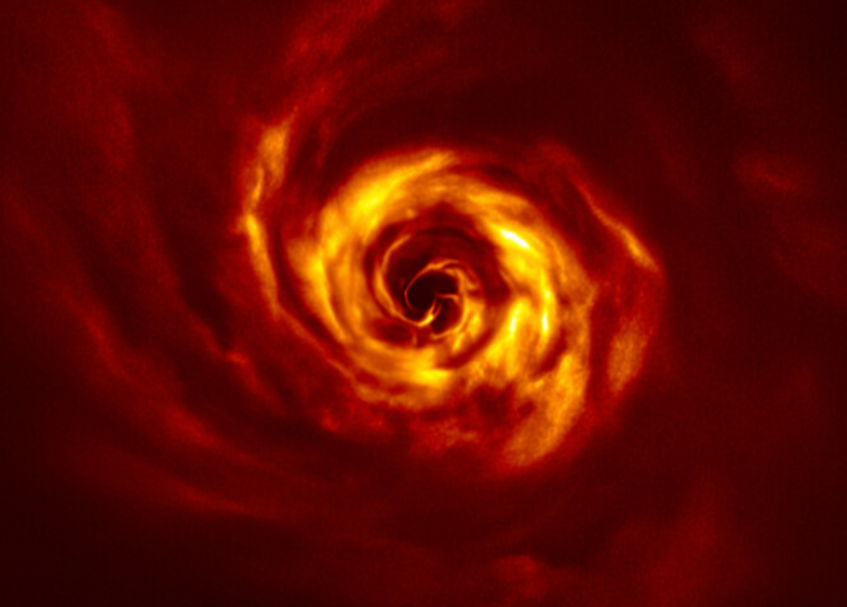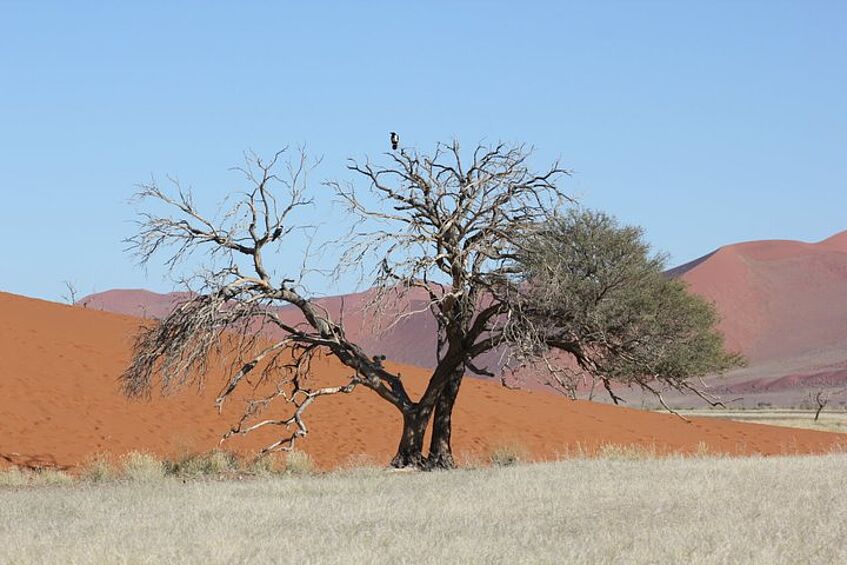The Vienna International School of Earth and Space Science is a doctoral programme at the Faculty of Earth Sciences, Geography and Astronomy at the University of Vienna. It comprises three branches - Cosmos, Earth and Anthroposphere.
VISESS provides a unique combination of topical research fields in the vibrant academic environment of the University of Vienna. The rapid development of many fields blurs traditional subject boundaries and leads to newly emerging scientific fields, contributing to a fertile platform for a new international school in the heart of Europe.

Disc around the young AB Aurigae star. Taken with VLT/SPHERE (ESO)
Cosmos
- This branch comprises Astronomy, Astrophysics, and Planetology, and deals with the origin and evolution of the cosmos, its constituents at all scales and within it our Galaxy, Sun and Earth. Among other topics, the impact of extraterrestrial processes on planet Earth will be addressed, providing intimate links to the other two disciplinary branches and to the overarching topic of “habitable Earth”. The latter is strongly related the habitability of exo-planets and generally the origin of life.
Earth
- This branch comprises the Earth Sciences, Geophysics, Physical Geography, Meteorology and Climatology. It is concerned with the evolution of planets and their atmospheres in our solar system and beyond, with the main focus on Planet Earth. In particular, Earth's habitability and its evolution over geological time will be assessed. By investigating the interplay between the geo-, hydro-, and atmosphere, global long-term interdependencies will be identified and quantified. These insights will be communicated to the other branches and adapted for transfer into the public discussion.

Sossusvlei Desert, Namibia (@Daniel Le Heron)

Understanding how human activity is arranged in space and time (Copyright: Universität Wien/Barbara Mair)
Anthroposphere
- This branch comprises Human Geography including Economic, Social, and Population Geography as well as aspects of Applied Physical Geography and Cartography. It foregrounds society as an actor in the 'Cosmos-Earth-Humans' system. This branch will play a key role in integrating different disciplinary approaches to address the overarching questions of our School and to communicate results and insights emanating from a systemic understanding to the wider scientific community and to the public.

